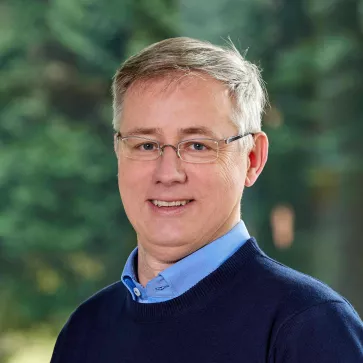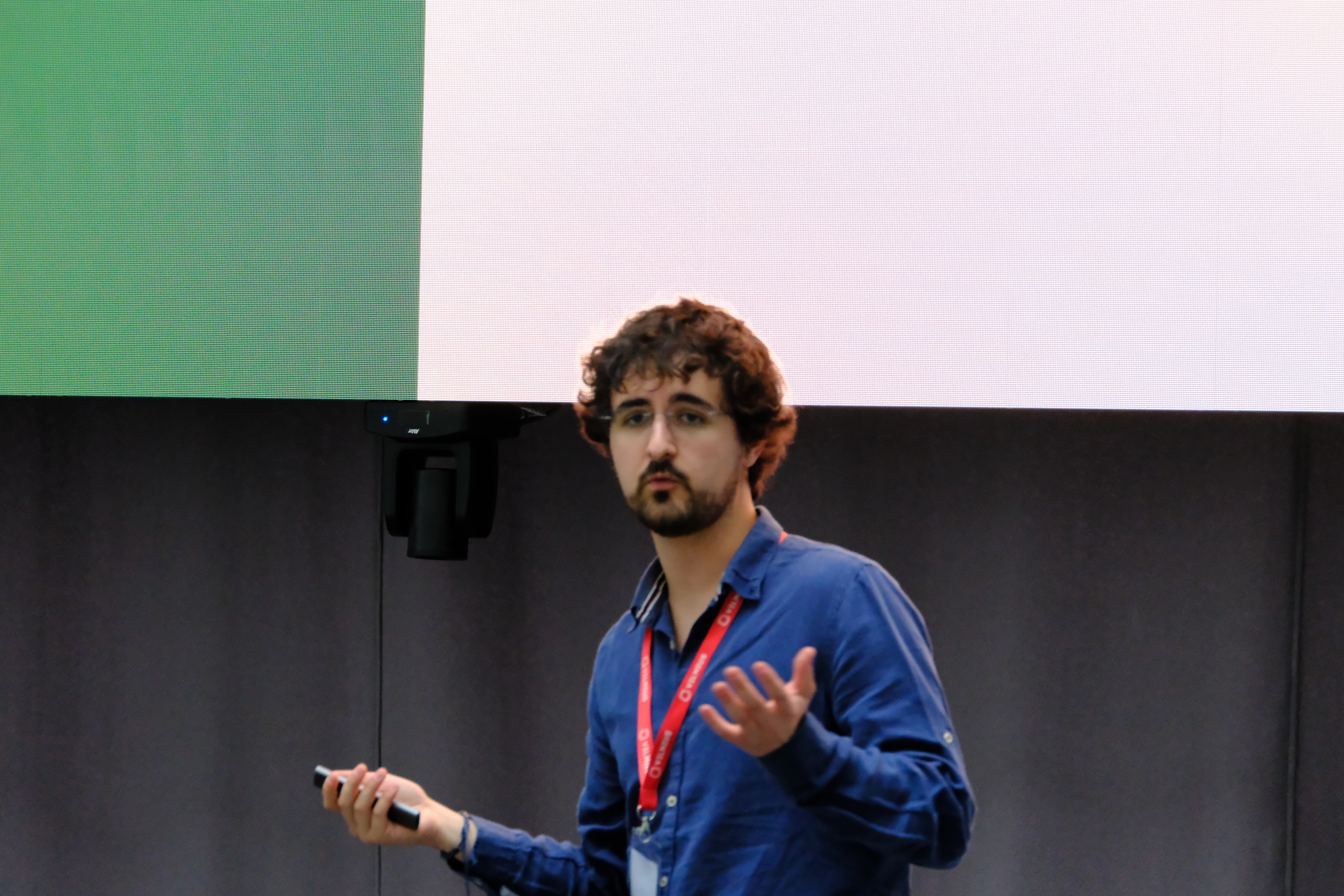Exciton transfer and NPQ in diatoms: A multi-scale approach employing machine learning
Constructor University, Bremen, Germany
Principal Investigator
Prof. Dr. Ulrich Kleinekathöfer

Doctoral Candidate
David Varas Rubio

Project Description:
The main objectives of the project will be subdivided into two parts: first, the description of
various Light Harvesting Complexes from diatoms, namely the fucoxanthin and chlorophyll
a/c binding proteins (FCPs) that have not yet been resolved experimentally. This description
will be performed in terms of high-accuracy Quantum mechanical (QM) calculations that will
allow us to capture all needed features of the biological light-harvesting system. Once this
description is satisfactory, we will describe the excited state properties and spectroscopic
characteristics, allowing us to predict and describe accurately the photochemical properties of
the system and its potential for further light-harvesting studies.
Publications:
- Y. M. Holtkamp, E. Godinez-Ramirez and U. Kleinekathöfer, Spectral Densities, Structured Noise and Ensemble Averaging within Open Quantum Dynamics, J. Chem. Phys 161, 134 101 (2024).
- V. Daskalakis, S. Maity and U. Kleinekathöfer, An Unexpected Water Channel in the Light-Harvesting Complex of a Diatom: Implications for the Switch between Light Harvesting and Photoprotection, ACS Phys. Chem. Au (in press) (2024).
- A. Acharya, P. K. Behera and U. Kleinekathöfer, Molecular Mechanism of Ciprofloxacin Translocation through the Major Diffusion Channels of the ESKAPE Pathogens Klebsiella Pneumoniae and Enterobacter Cloacae, J. Phys. Chem. B 128, 8376–8387 (2024).
